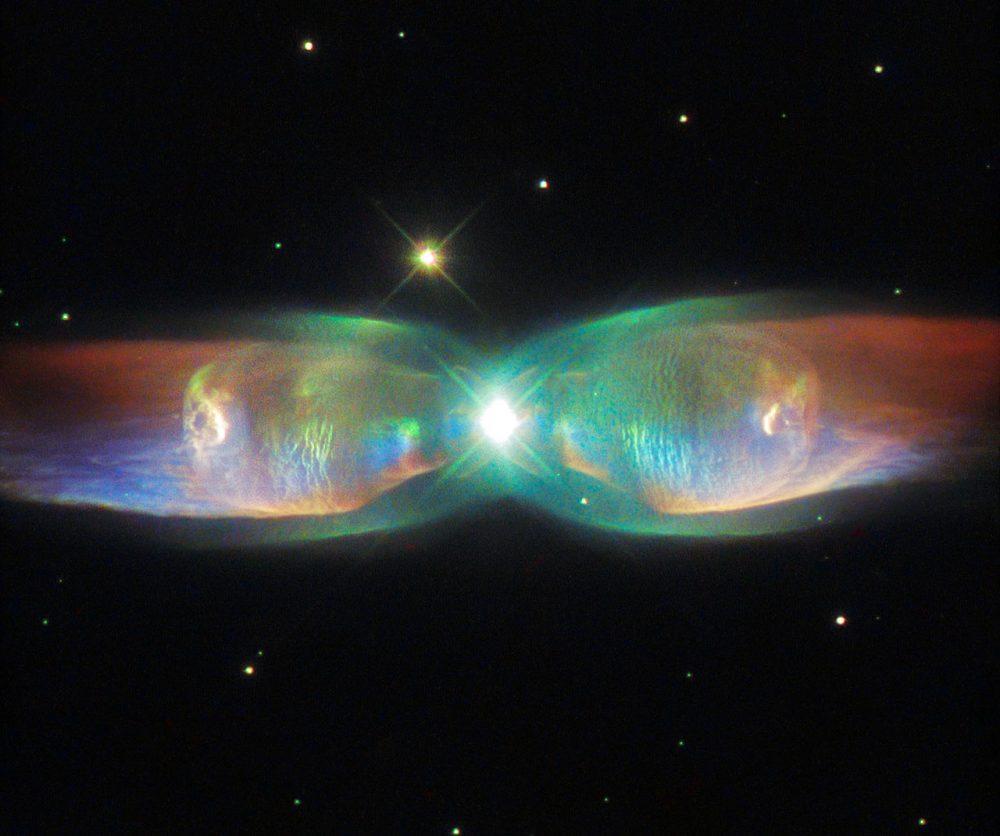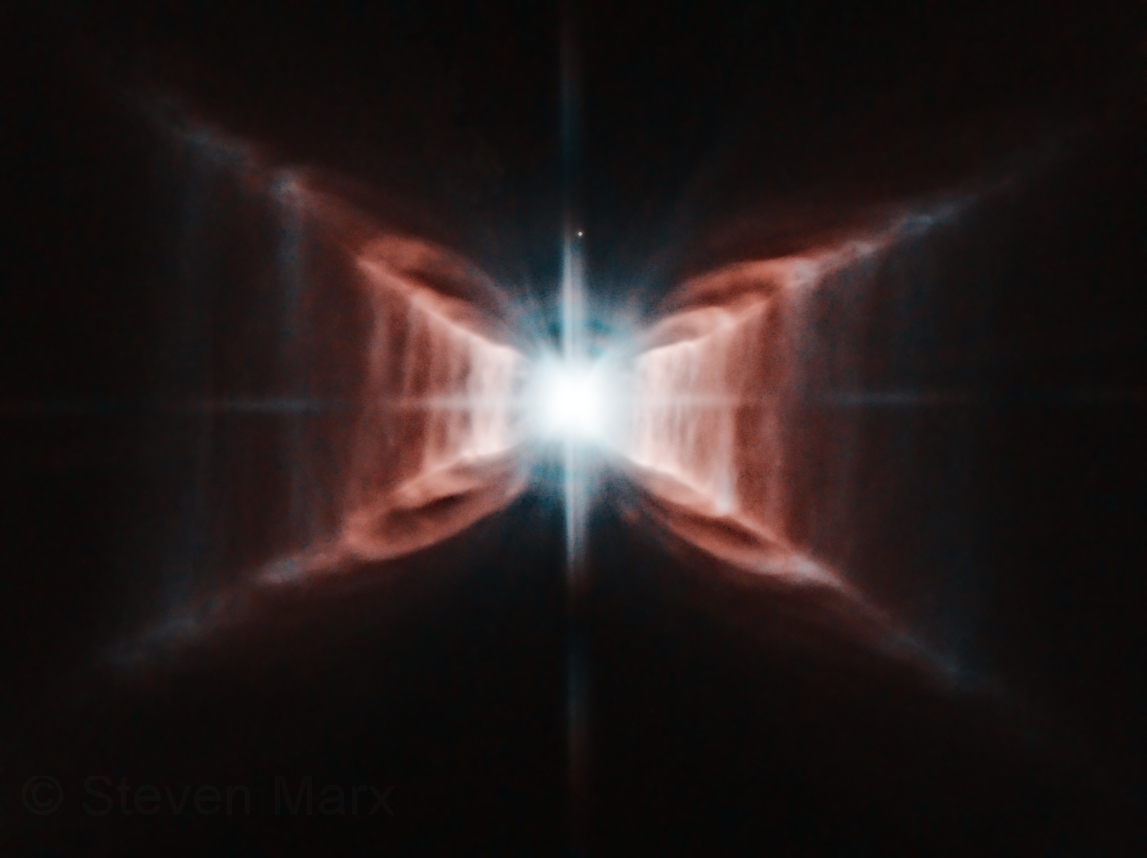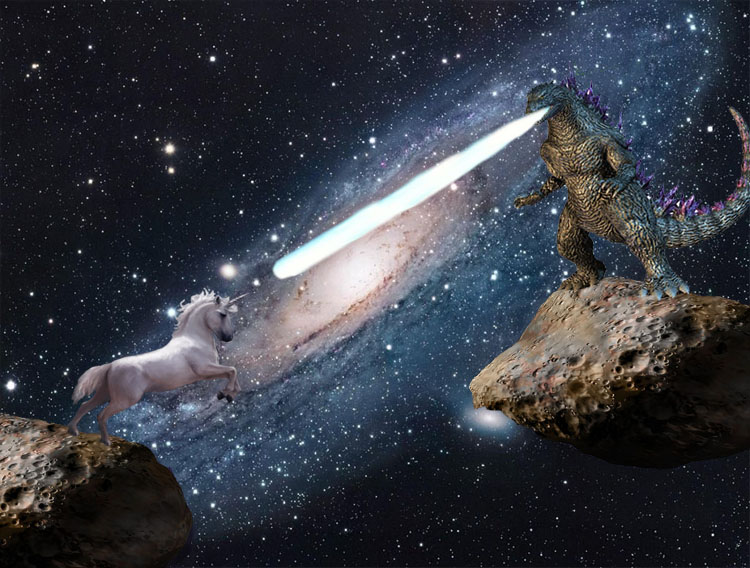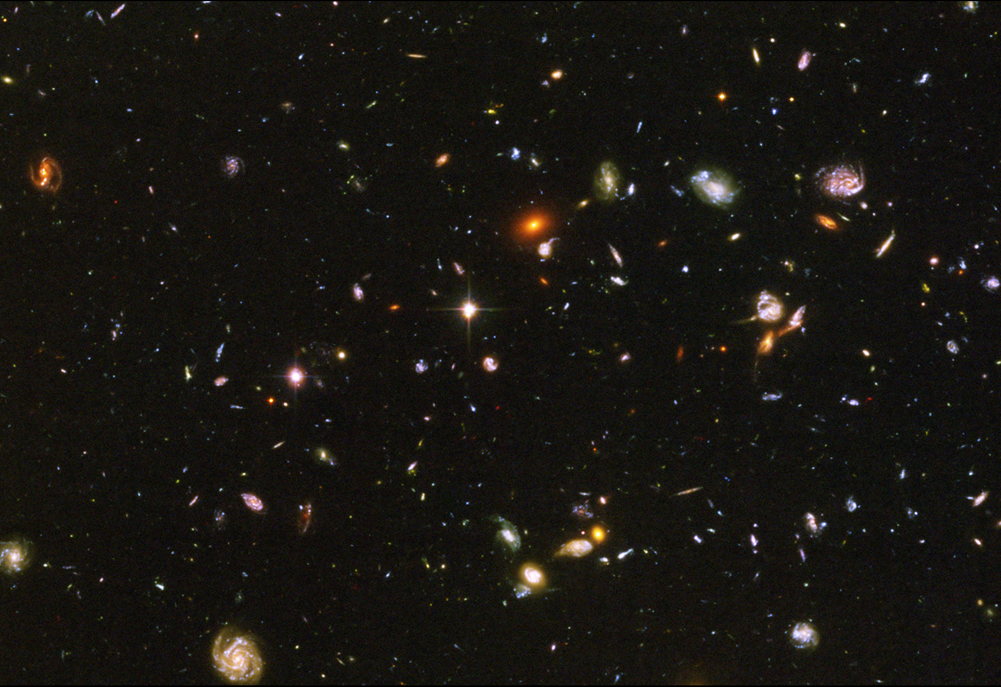Universe more bland than thought?: Hubble Photos
Was looking at a gallery of Hubble space photos and was as usual astounded and amazed... but then my conspiracy spidey sense kicked in and I had the thought, this stuff looks too amazing. The images (which we've all seen) are like astronomy porn, stuff that you could base a whole Star Trek episode around. So I did some googling and it appears since there is no color photography on the Hubble much of the image processing is done by NASA, and they have quite a free hand in the interpretation of lighting and coloring, and even in light effects not visible to the human eye. So the question is how much of Hubble's images are realistic observations and how much are fantasy art? I don't doubt that they are capturing real artifacts out there, I just wonder how much they are boosting and tweaking to create captivating images which feed narratives that are more related to science fiction and fantasy than actual astronomical observations? Granted, there are limitations in what we can humanly view at this distance, but some of this is starting to sound like modern day justification of renderings of "the canals on Mars".
The video below is from NASA's own Hubble youtube channel and it raises some pretty slippery questions as the gizmodo article glances over.
This Video Reveals How NASA Photoshops Hubble's Images
http://gizmodo.com/5785905/this-is-how- ... les-images
The video below is from NASA's own Hubble youtube channel and it raises some pretty slippery questions as the gizmodo article glances over.
This Video Reveals How NASA Photoshops Hubble's Images
http://gizmodo.com/5785905/this-is-how- ... les-images
You all have seen the Hubble's breathtaking space panoramas. They aren't just simple photographs, but digital composites made of two or more greyscale images taken by different cameras onboard the space telescope. This video reveals exactly how they do it.
This time lapse shows how the image of NGC 3982—a spiral galaxy 68 million light-years from Earth, in the Ursa Major constellation—was made using seven grayscale images captured using three of Hubble cameras. The processing job took 10 hours of scaling, rotating, aligning, color processing and missing pixels and artifacts restoration. This doesn't have anything to do with how Photoshop processes RAW files: The "raw" data in these layer composites is all grayscale and registers invisible light as well as visible light. As the video shows, the final image color is fake and assigned by the scientists to display selected features, as they see fit.
But the Photoshop compositing doesn't mean that the images are false—even while at times they appear to be total fantasy. And it doesn't mean that, if we went there in a spaceship, all of Hubble's images would be different from what we could see in person.
The Photoshop processing just transforms the raw data into a format that humans can see. Our eyes are only capable of registering a very limited part of the electromagnetic spectrum, from 390 to 750 nm, while Hubble can see the optical, ultraviolet, and near-infrared spectrums. That's a lot more detail than what we can see with our bare eyes.
This Video Reveals How NASA Photoshops Hubble's Images
Scientists have to choose how to represent this information in a way that we can observe directly. Sometimes they will use a natural representation, which is very close to what we would see if we zoomed there inside the Enterprise. Other times they will choose representative color, which helps them see invisible features of the object—like those that can only be captured in infrared or ultraviolet light. And sometimes they show the image in enhanced color, a hyperrealist mode that brings a lot of hidden, subtle details.
Personally, I don't care how they do it. They will keep amazing me every time I look at them. [HubbleSite]

















